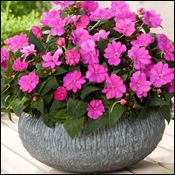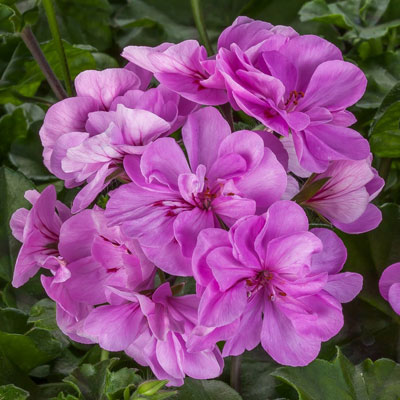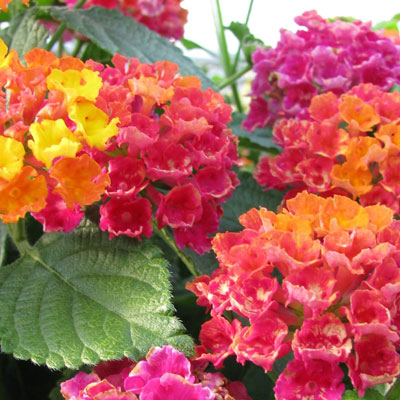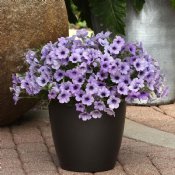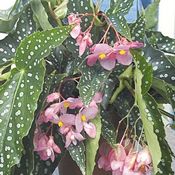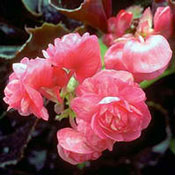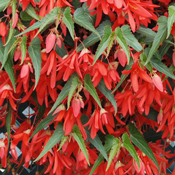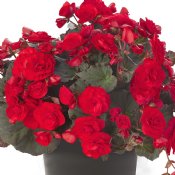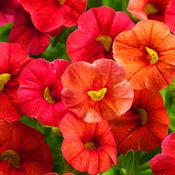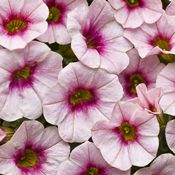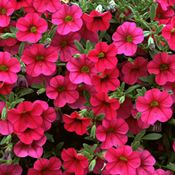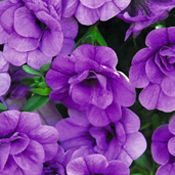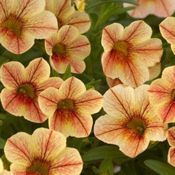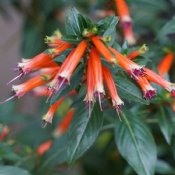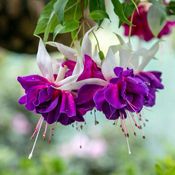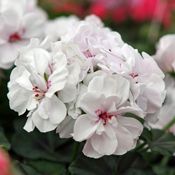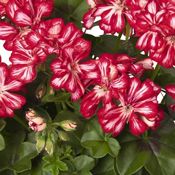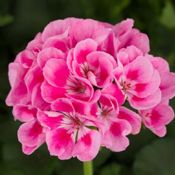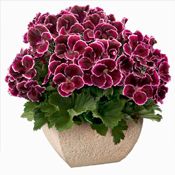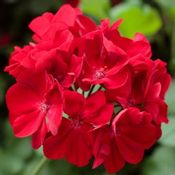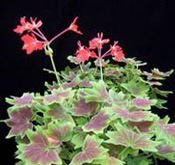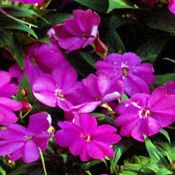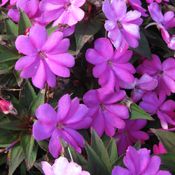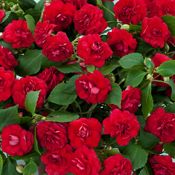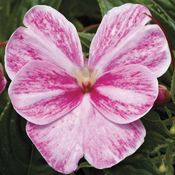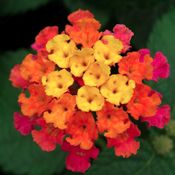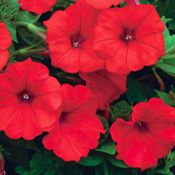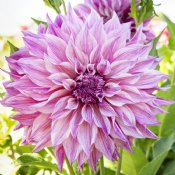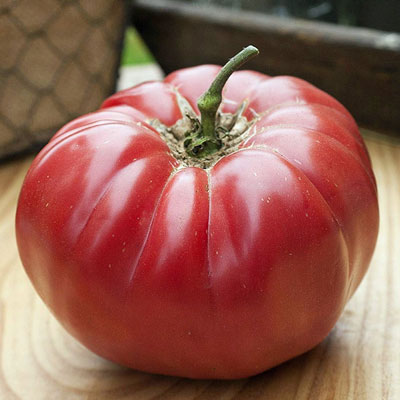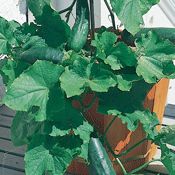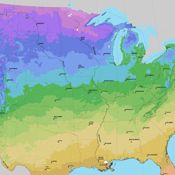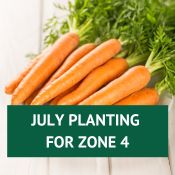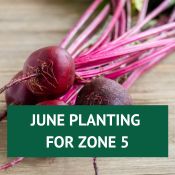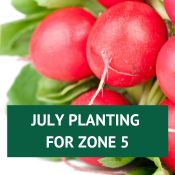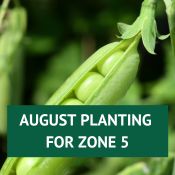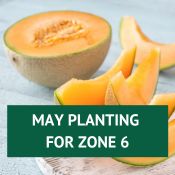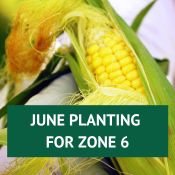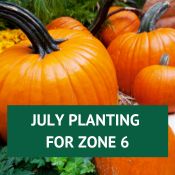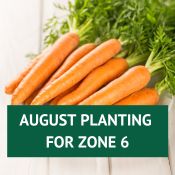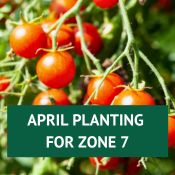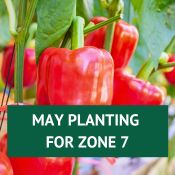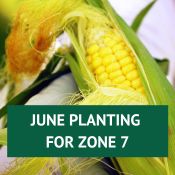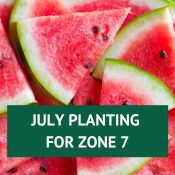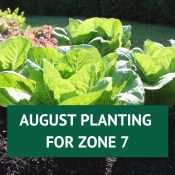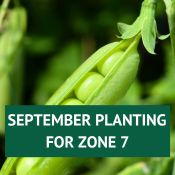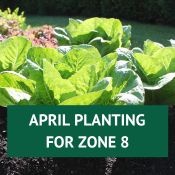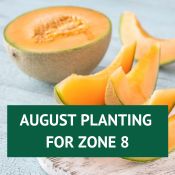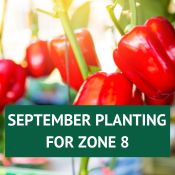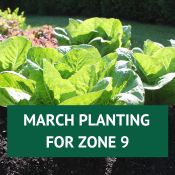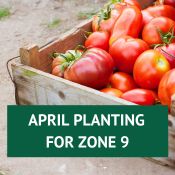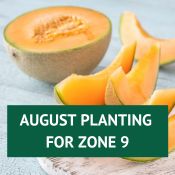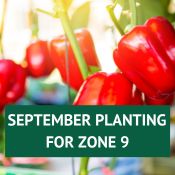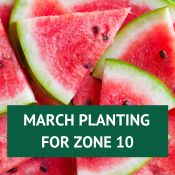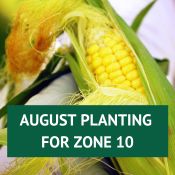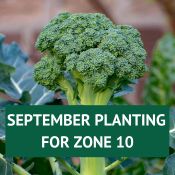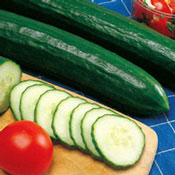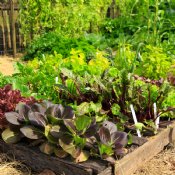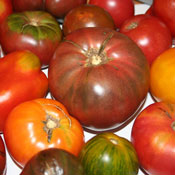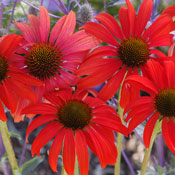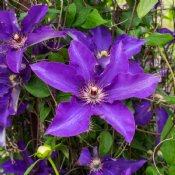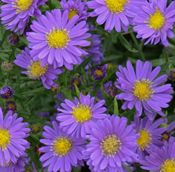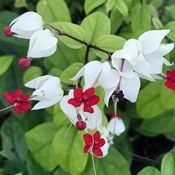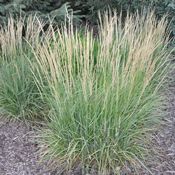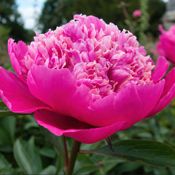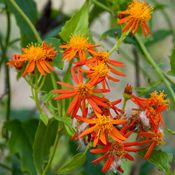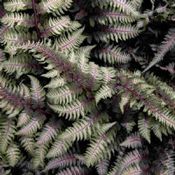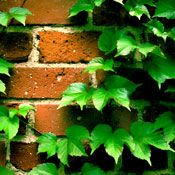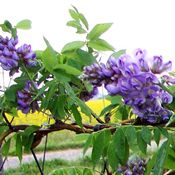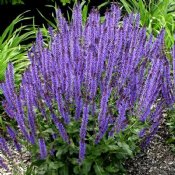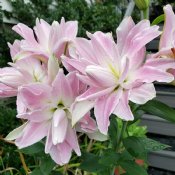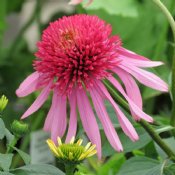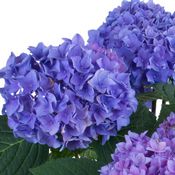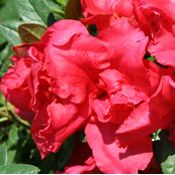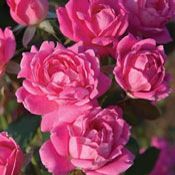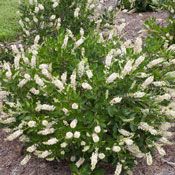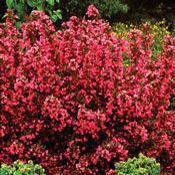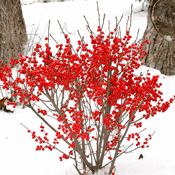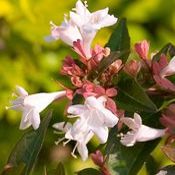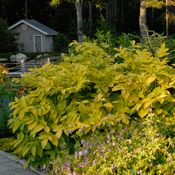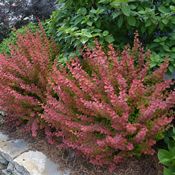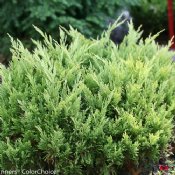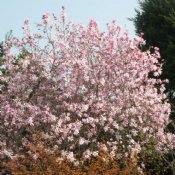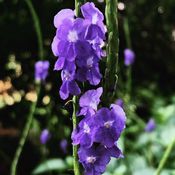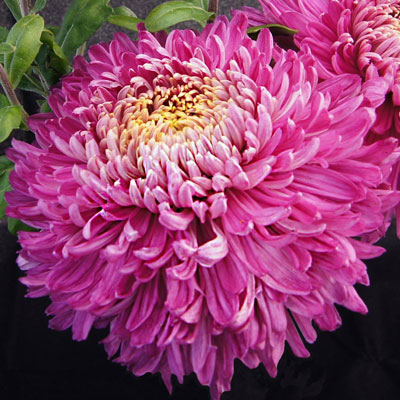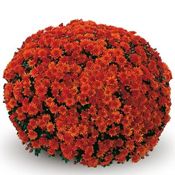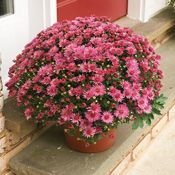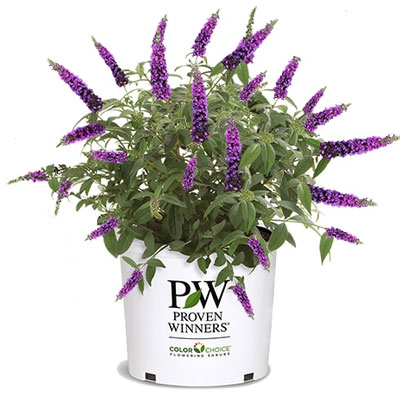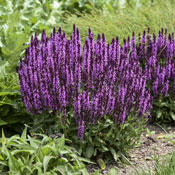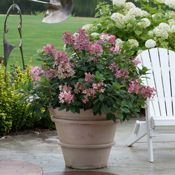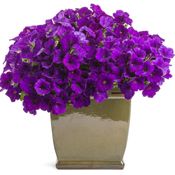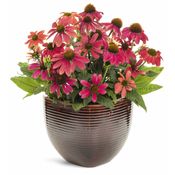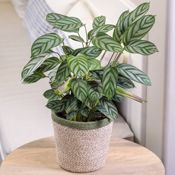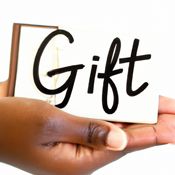Are you wanting to attract American Goldfinches to your yard? You’re not the only one! The brilliant yellow and black coloration, along with that smile-producing, sing-songy voice of the American Goldfinch makes it one of the most desirable backyard birds in many areas of North America and Canada. However, the elusiveness of these wild canaries makes them a bit of a challenge to attract. Here’s how you can create a Goldfinch haven, simply by providing the basic needs of food, shelter, and water.
The ideal Goldfinch habitat is, of course, a natural one. The more attractive the habitat, the more likely you are to have frequent visitors and nesting pairs. Goldfinches feast almost exclusively on seeds, so fill your flower gardens with their favorite seed-producing plants, making it impossible for these wild canaries to ignore. The following is a list of flowers that are known to naturally attract these hard-to-miss yellow wild birds with their oh-so beautiful, lilting voices.

Flowers that Attract American Goldfinches
This comprehensive list is a guide to those flowers that the Goldfinch really love. Be patient, as it may take a while for these songsters to discover the buffet you’ve laid out, but…once they do, the word will spread about their new, favorite place to eat!
Additionally, we’ve included the time these plants blossom. Choose plants that not only complement each other but will provide year-round feasting and habitat for these warbling avian guests.
Poppies (spring to midsummer)
Marigolds (spring to fall)
Ragwort (spring to fall)
Asclepias (early summer to early fall)
Daisies (early summer to fall)
Coneflowers (early summer to mid-fall)
Asters (midsummer to fall)
Sunflowers (summer to fall)
Cosmos (summer to mid-fall)
Zinnias (summer to late fall)
A little bit of extra planning can ensure your yard has blossoms, as well as the resulting seeds, from spring right through the winter, in some climates.
Give Me Shelter!
It is also important to have trees and shrubs in your yard to not only attract the American Goldfinch, but to provide shelter and a safe nesting area. These same trees and shrubs will encourage many wild bird species to visit your yard, and possibly stay all year round. Many native trees or shrubs will attract Goldfinches, but here are a few favorites:
Arborvitae offers exceptional shelter within its protective evergreen foliage and yields small seed-bearing cones. Other seed-producing, cone-bearing evergreens are: Pine, Hemlock, Fir, Cypress, Yew, Spruce, and Redwood.
Barberry is not only appreciated by the Goldfinch, but has stunning fall coloration, essentially feeding two birds with one scone (pun intended).
Boxwood has a neat, tidy appearance with very little maintenance. This evergreen is ideal for year-round shelter and nesting.
Elderberry bloom from late spring to early fall, depending upon the cultivar, and are also known to provide many health benefits for humans. Elderberry berries are loaded with vitamins and antioxidants that can boost your own immune system. It is recommended that you cook them before consuming though, as they are mildly toxic to humans and they are quite bitter. Wild birds love them though and can will love eating them raw or cooked!
A Little Extra Help: Nesting Materials and Feeders
Hanging baskets filled with nesting materials, such as wool or cotton, will encourage nesting Goldfinch and other wild bird pairs to stay. Keep in mind that American Goldfinches nest later than most other songbirds, which means it’s best to leave the nesting material up until late summer.
Backyard feeders are also an acceptable alternative for Goldfinches if a natural habitat is not an option, or as a supplement if food is in short supply. Thistle seed, a.k.a. Nyjer seed, and black oil sunflower seed are their favorites.
Most wild birds, including Goldfinches, won’t eat old seed, so be sure to change the seed if it has been in the feeder for three weeks. Patience is the key here, as it can sometimes take weeks or months for the birds to discover a new cafe. Goldfinches are somewhat picky about what they eat, but they are not picky about where they eat. They will gladly pick up the fallen seed on the ground or will dine out of a fly-thru or dish-type feeder.
Last But Not Least: Water
Most importantly, don’t forget to keep fresh water available for both drinking and bathing. A clean Goldfinch is a happier Goldfinch. Though they get a lot of moisture from the seeds they eat, a dependable source of water is a must. Birdbaths with splashing fountains or drippers are the most attractive to these wild songbirds. If you live in a place that freezes over the winter, consider a heated birdbath. This readily available water source will make your backyard Goldfinch habitat and wild bird restaurant even more attractive. A little birdie pampering goes a really long way to ensuring these tiny, winged beauties are healthy and happy, as well as providing you with a non-stop supply of pure enjoyment!

